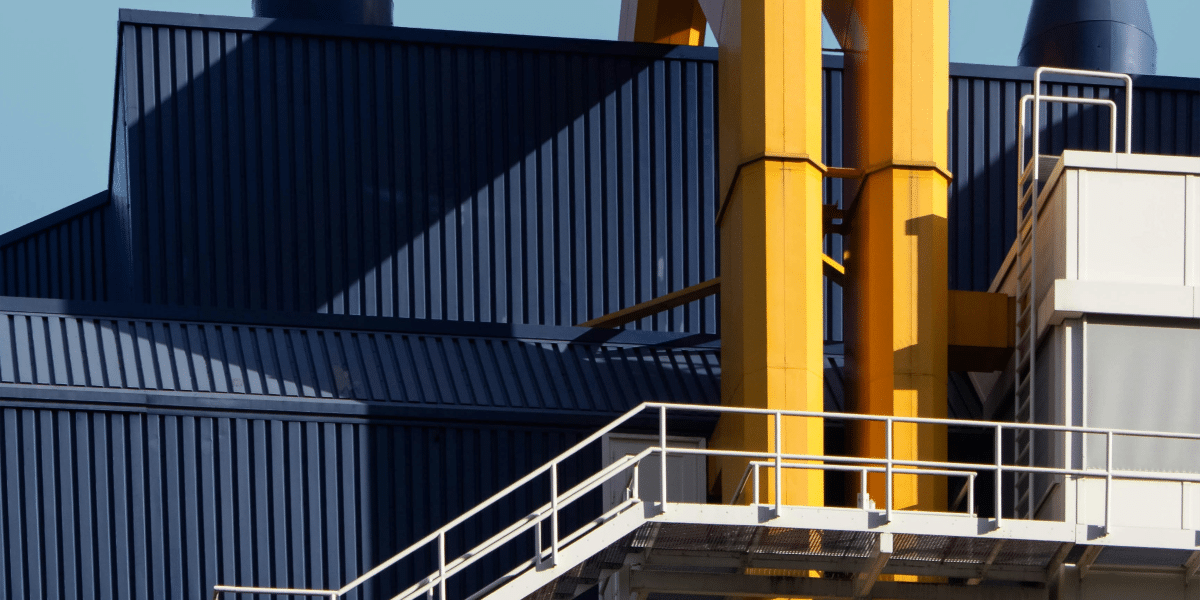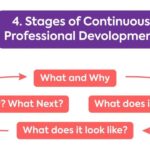Industrial production is undergoing significant changes, driven by rapid technological advancements and evolving market demands. As a factory manager or industry professional, you face a dynamic landscape filled with both challenges and opportunities. Staying competitive requires a deep understanding of these evolving trends and the ability to adapt quickly. In this article, we will explore the biggest challenges in industrial production, how you can leverage emerging opportunities, and the key trends shaping the future of the industry. By gaining insights into these aspects, you can better navigate the complexities of modern manufacturing and position your factory for long-term success.
What Are the Biggest Challenges Facing Industrial Production?
Navigating the industrial production landscape today involves tackling several significant challenges. One of the foremost issues is the labor shortage. With a decline in the available workforce and a growing skills gap, factories struggle to find and retain skilled workers. This shortage affects productivity and increases operational costs as companies invest more in training and incentives to attract new talent.
Another major challenge is supply chain disruptions. The global nature of supply chains makes them vulnerable to various disruptions, from geopolitical tensions to natural disasters and pandemics. These interruptions can lead to delays, increased costs, and difficulty in sourcing critical materials. To mitigate these risks, companies need to develop more resilient supply chain strategies, including diversifying suppliers and investing in local production capabilities.
Technological advancements also pose a dual challenge. While they offer opportunities for improved efficiency and innovation, they require substantial investment and adaptation. Implementing advanced technologies such as IoT, AI, and automation can be costly and complex. Additionally, there is often resistance to change within organizations, necessitating a cultural shift and continuous upskilling of the workforce.
Sustainability and environmental compliance add another layer of complexity. With increasing regulatory pressures and a growing emphasis on reducing carbon footprints, manufacturers must adopt greener practices. This transition often involves investing in new technologies and processes that are both environmentally friendly and economically viable.
Lastly, cybersecurity threats have become a critical concern. As factories become more connected and reliant on digital systems, they become prime targets for cyber-attacks. Protecting sensitive data and ensuring the integrity of production systems requires robust cybersecurity measures and constant vigilance.
Addressing these challenges requires a strategic approach, blending innovation with resilience to stay competitive in the ever-evolving industrial landscape.
How Can Factories Leverage Opportunities in Industrial Production?
In the rapidly evolving industrial landscape, there are numerous opportunities for factories to boost efficiency and stay competitive. One significant way to capitalize on these opportunities is through the adoption of smart technologies. By incorporating IoT sensors and machine learning models, factories can predict and prevent potential issues on the production line, enhancing overall productivity.
Another key opportunity lies in production automation. The use of industrial robots and cobots not only streamlines operations but also improves worker safety. These robots can handle repetitive and hazardous tasks, allowing human workers to focus on more complex and value-added activities. Furthermore, automated systems like Autonomous Mobile Robots (AMRs) and Automated Guided Vehicles (AGVs) enhance material transport within the factory, reducing downtime and increasing operational efficiency.
Factories can also benefit from implementing Automated Storage and Retrieval Systems (ASRS). These systems optimize warehouse operations by maximizing storage density and improving retrieval times, which is particularly crucial in the age of e-commerce.
Investing in sustainable technologies is another way to leverage opportunities in industrial production. By adopting environmentally friendly practices and technologies, factories can not only comply with regulations but also achieve carbon neutrality. This not only improves the factory’s environmental footprint but can also enhance its reputation among consumers who are increasingly eco-conscious.
Finally, embracing the digital factory concept can provide substantial benefits. Leveraging advanced digital technologies such as 5G for better process coordination and implementing smart factory solutions can significantly enhance manufacturing operations.
By focusing on these areas, factories can navigate the challenges and seize the opportunities that come with the future of industrial production.
What Are the Key Trends in Industrial Production?
The industrial production landscape is rapidly evolving, driven by several key trends. One significant trend is the rise of smart factories. These facilities integrate advanced digital technologies like IoT, AI, and machine learning to enhance production efficiency and predict potential issues before they occur.
Automation is another major trend. Industrial robots and cobots are becoming common, helping to increase productivity while ensuring worker safety. Additionally, predictive maintenance is gaining traction, using data analytics to foresee equipment failures and reduce downtime.
Sustainability is also a priority. Many factories are investing in environmentally friendly technologies to reduce their carbon footprint and comply with regulations. Lastly, the development of 5G technology is set to revolutionize industrial production by enabling faster and more reliable communication between devices, paving the way for even more sophisticated automation and real-time monitoring.
Navigating the future of industrial production involves understanding and addressing various challenges and opportunities. By focusing on automation, AI, and sustainable practices, factories can enhance efficiency and remain competitive. Leveraging key trends like predictive maintenance and reshoring can help mitigate risks and capitalize on new opportunities. Staying informed and adaptable in this evolving landscape is crucial for success. As you explore these aspects, you’ll find ways to overcome obstacles and harness the potential of modern industrial production, ensuring your operations are resilient and forward-looking.
Published by: Josh Tatunay

















